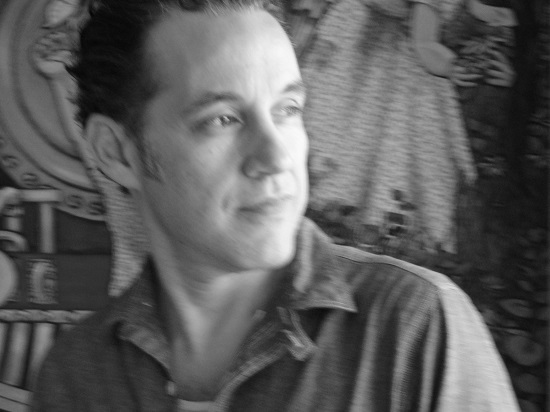 An essayist always writes two essays simultaneously, overlapped as transparencies, one exploring what Vivian Gornick calls the situation, the other what she terms the story. Poet Richard Hugo talks about a piece’s “triggering subject” and its generated, or real, subject. Phillip Lopate describes the “double perspective” that an essayist needs, the ability to both dramatize and to reflect. I’ve always talked to my writing students about the narrow subject and the larger subject.
An essayist always writes two essays simultaneously, overlapped as transparencies, one exploring what Vivian Gornick calls the situation, the other what she terms the story. Poet Richard Hugo talks about a piece’s “triggering subject” and its generated, or real, subject. Phillip Lopate describes the “double perspective” that an essayist needs, the ability to both dramatize and to reflect. I’ve always talked to my writing students about the narrow subject and the larger subject.
I’ve long wondered what it is about abandoned buildings that intrigues me so. Wherever I am, I search them out; were I feeling melodramatic, I might say that they search me out. I always seem to be driving past or near them, in large cities and small towns, though this may have as much to say about a depressed economic climate than about any sixth sense I may claim. At any rate, I find abandoned buildings, and photograph them; the ones I haven’t photographed have imprinted themselves inside me. Were I to explore abandoned buildings in an essay, that essay’s narrow subject would involve the buildings themselves and my narrative relationship to them: where they are; where I am; how I found them; their physical condition and descriptive details, etc.
An essay that deliberates on its narrow subject exclusively can be a pleasing essay, lingering affectionately on sensory description, on evocation of time and place, on regional history, maybe on relevant stories. But that essay’s larger subject is what will draw its readers toward something more valuable and memorable. Here, if I was writing the abandoned-buildings essay, I’d ask the important question, not What?, but Why? And here’s where the essay would turn. Why am I writing about abandoned buildings? I might explore what resonance they have for me on an emotional level, try and chase the sensations that resist language; that’s a tough place to get to, but almost always worthwhile for an essayist. (What I don’t know and what I can’t name.) I might explore less what I see in front of me than why I am here: that is, what brings me? Decrepitude slumming? Ruin romanticizing? Neither of those impulses reflects very well on me, and conflict is usually a good place to linger in an essay. I probably sentimentalize abandoned buildings and their devastating music of loss. Don’t I argue strenuously against sentimentality, resist it? Why do I give in here? What do I gain, or lose? If I sentimentalize ruins, I conveniently ignore, or elide, the genuine suffering such ruins might have brought to the buildings’ owners (whom I might interview) or neighbors (ditto). My essay might open outward to the culture in which the buildings exist in their slow, stubborn demise, the people who once lived inside, or those who live nearby. In moving from the narrow subject (what) to the larger subject (why) the essay gains dimensionality; the heat that’s generated from the friction of the two subjects warms the essay, produces something more mature, round, maybe even valuable.
Here’s the secret: the larger subject is always contained in the DNA of the urge to write; we use the narrow subject to write toward and hopefully discover the larger subject. So, what’s your narrow subject? Where does it take you? Careful: you might not come back.
—
Joe Bonomo’s most recent books are This Must Be Where My Obsession with Infinity Began, a collection of essays, and Conversations with Greil Marcus. The music columnist at The Normal School literary magazine, he teaches at Northern Illinois University and appears online at No Such Thing As Was.

6 comments
A Successful Salvation | The Drop In The Ocean says:
Jun 27, 2014
[…] https://brevitymag.com/craft-essays/locating-an-essays-dna/ […]
Ingrid says:
Jul 4, 2014
Great guide!
Reinassance says:
Sep 21, 2014
[…] Locating an Essay’s DNA […]
Jayne Martin says:
Oct 8, 2014
This is very helpful. Thank you.
Barbara Lawrence says:
Mar 9, 2015
Interesting and thought provoking.. It’s helpful to put focus on the tangible but to examine the psychological aspects of being drawn to the physical form of abandonment.
Memoir Workshop Part II | jimkempner says:
Jun 16, 2015
[…] A good essay, if we look deeply, is about a narrow subject within a larger one. As if an essayist “always writes two essays simultaneously . . .one exploring. . .the situation, the other. . .the story.” https://brevitymag.com/craft-essays/locating-an-essays-dna/ […]